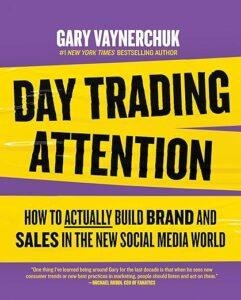Movies have the potential to inspire, educate, and entertain us. However, certain films have gone beyond conventional norms, initiating intense discussions and controversy. These movies have challenged our beliefs, evaluated our ethical codes, and sometimes even acted as a trigger for social change. From political satire to sexual taboos, such controversial films have ignited fervent debates worldwide.
Our aim is to explore the rationale behind the outrage these movies have caused and analyze the lasting impact they have on both cinema and society as a whole. Some of these films had been banned in particular countries, while others faced censorship battles that tested the boundaries of freedom of expression.
The Birth of a Nation (1915)
The Birth of a Nation, released in 1915 and directed by D.W. Griffith, has been widely regarded as one of the most controversial films in history. Its content is considered divisive as it glorifies the Ku Klux Klan and portrays African Americans negatively, presenting them as lazy, shiftless, and dangerous. Although it was commercially successful, it drew widespread criticism for its racist undertones and perpetuation of negative stereotypes.
A Clockwork Orange (1971)
Stanley Kubrick’s dystopian masterpiece, A Clockwork Orange, is a film that has divided audiences for decades. The film is an unflinching exploration of violence and human nature, featuring scenes of extreme brutality and sexual violence. While some have praised the film’s boldness and unflinching approach to its subject matter, others have criticized it for glorifying violence and misogyny.
Salò, or the 120 Days of Sodom (1975)
Directed by Pier Paolo Pasolini, Salò, or the 120 Days of Sodom, is a film banned in many countries worldwide. The film is an unflinching portrayal of the horrors of fascism and features scenes of extreme violence, torture, and sexual depravity. While some have praised the film’s political message and willingness to confront complex subjects, others have criticized its graphic content and disturbing imagery.
The Last Temptation of Christ (1988)
The Last Temptation of Christ is a film directed by Martin Scorsese that caused outrage among many religious groups when released in 1988. The film explores the idea of Jesus as a man struggling with his humanity, portraying him as having sexual desires and doubts about his mission. While some praised the film for its intellectual and spiritual depth, others saw it as a blasphemous attack on Christianity.
Natural Born Killers (1994)
Directed by Oliver Stone, Natural Born Killers is a film accused of glorifying violence and inspiring real-life copycat crimes. The film follows a couple on a killing spree, featuring a frenetic, MTV-style visual style that some have criticized for its excess and gratuitousness.
The Passion of the Christ (2004)
Directed by Mel Gibson, The Passion of the Christ is a film that sparked controversy among religious groups when it was released in 2004. The film portrays the last hours of Jesus’ life in graphic detail, featuring extreme violence and torture scenes. While some praised the film’s powerful message and unflinching portrayal of Jesus’ suffering, others criticized it for its excessive violence and perceived anti-Semitic content.
The Human Centipede (2009)
Directed by Tom Six, The Human Centipede is widely criticized for its gratuitous and graphic content. The film follows a mad scientist who creates a “human centipede” by surgically joining three people together. While the film has been praised for its originality and willingness to push boundaries, others criticized it for its excessive and disturbing imagery.
To summarize, the aforementioned movies serve as a mere glimpse into how the film industry can challenge societal conventions and ignite debate. Whether it is their graphic content, political undertones, or cultural depictions, these movies have compelled us to confront uncomfortable realities and have expanded the limits of acceptability on the big screen. While some may advocate for the prohibition or censorship of these films, it is crucial to recognize that art can reflect and evaluate society and that censorship can hinder our ability to participate in critical discourse and advance as a community.





